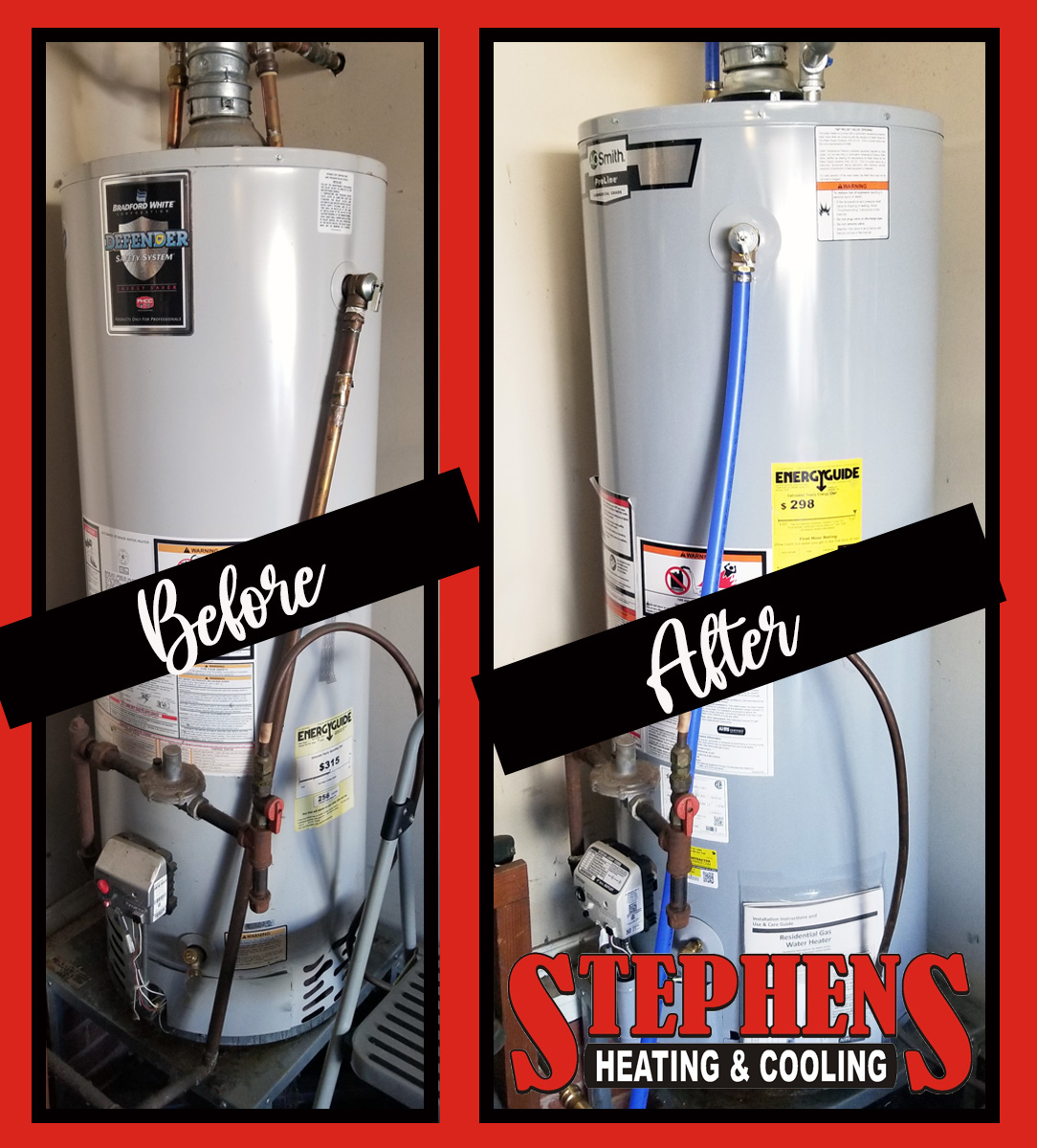Local and trusted water heater installation in Buena Park – guaranteed service
Local and trusted water heater installation in Buena Park – guaranteed service
Blog Article
DIY Water Heating System Setup: Essential Steps for Success
When taking into consideration a DIY hot water heater installment, it is necessary to approach the job with a methodical frame of mind, as the process involves several critical steps that can dramatically impact both security and performance. Selecting the proper hot water heater for your details demands is simply the beginning; preparing the installment area and recognizing the necessary tools and materials are just as crucial. As we discover the organized approach to setup, it emerges that forgeting any information could cause problems down the line. Are you prepared to navigate the intricacies of this home enhancement task?
Selecting the Right Water Heating Unit
When picking a water heating unit, it is necessary to think about a number of vital variables to ensure ideal performance and efficiency - water heater installation Buena Park. Assess the kind of water heater that ideal fits your requirements. Alternatives include tankless, storage container, and warmth pump water heating systems, each offering distinctive advantages in terms of energy performance and room needs
A bigger household may require a device with a better gallon ability or a tankless system that can offer continual warm water. Each energy kind has implications for setup expenses and lasting energy costs.
Power performance is one more vital element. By very carefully examining these factors, you can select a water heating system that straightens with your family's details needs, making sure convenience and efficiency for years to come.
Tools and Materials Needed
Effectively mounting a hot water heater calls for not only the appropriate option of unit however likewise the proper devices and products. Prior to embarking on your do it yourself job, guarantee you have an extensive checklist of products to promote a smooth installation process.
Important tools include a pipeline wrench, flexible pliers, and a screwdriver collection (both flathead and Phillips), which will certainly help you take care of numerous fittings and connections. Furthermore, a drill with suitable little bits is necessary for mounting brackets or making any type of called for holes. For safety and security, a voltage tester is vital, specifically when dealing with electric hot water heater.
You will certainly likewise require an adaptable water supply line, which can be either braided stainless steel or PVC, depending on your preferences and local codes. By gathering these products and tools beforehand, you set the phase for an effective water heating system installment.
Getting Ready For Installment
Before beginning the installment of your water heating unit, it is critical to examine the installation website to ensure it meets all essential requirements. Beginning by confirming that the location is well-ventilated, especially for gas water heating systems, to avoid the buildup of unsafe gases. Inspect for the availability of required connections, consisting of supply of water lines and electric outlets, ensuring they are in good problem and effectively situated.

In addition, inspect the existing plumbing and electric systems to determine if upgrades or repair services are needed prior to installment. This positive approach not just makes sure conformity with neighborhood building ordinance yet also enhances the long life and efficiency of the hot water heater. Finally, gather all called for licenses, if required, to stay clear of lawful complications later. Correct prep work establishes the stage for a smooth installment procedure and aids avoid unanticipated concerns.
Step-by-Step Installment Refine
With the prep work complete and all essential assessments performed, the next phase includes the step-by-step installation of your hot water heater. Begin by ensuring that the new device is located properly, straightening it with the existing pipes and electric connections. For tank-type hot water heater, link the cool water supply line to the inlet, normally marked in blue, and the hot water line to the electrical outlet, normally marked in red. Usage Teflon tape on threaded joints to stop leakages (water heater).
Following, safeguard the recommended you read temperature level and pressure relief shutoff, which is essential for safety. Attach the discharge pipeline to this valve, routing it towards the flooring or a suitable drain location. For electrical versions, connect the power supply by removing the cords and protecting them to the heater's terminals according to the manufacturer's directions.
If you are installing a gas hot water heater, make certain the gas line is connected correctly and examine for leakages using a soap service. Connections are made, fill the container with water before transforming on the power or gas supply. Allow the water heating unit to reach the desired temperature and check for any type of leaks around all connections.
Ensuring Safety and Effectiveness
Frequently guaranteeing security and performance during the setup and operation of your read this post here hot water heater is vital for optimum performance and longevity. Begin by picking an appropriate place that adheres to local building ordinance and supplies ample air flow. Ensure that the area is without flammable materials and has adequate area for maintenance and assessments.

After installment, conduct regular look at the device to spot leaks, deterioration, or uncommon noises. Set the thermostat to a risk-free temperature level, typically around 120 ° F, to prevent scalding and boost power performance. Insulate pipelines to minimize heat loss, which adds to lower power bills.
Final Thought
Finally, effective DIY water heating unit installment depends upon cautious preparation and execution. Choosing the suitable water heating system, preparing the setup location, and following a methodical installation procedure are important actions. Abiding by security standards throughout the installment makes sure both safety and security and performance. Additionally, regular upkeep checks post-installation will certainly add to the optimum efficiency of the hot water heater, inevitably boosting the long life and performance of the system. Effectively setting the thermostat further makes sure risk-free procedure.
When taking into consideration Discover More a Do it yourself water heating unit installment, it is vital to come close to the task with a methodical mindset, as the process involves several essential actions that can significantly influence both safety and effectiveness.Before beginning the installment of your water heating system, it is essential to evaluate the installation website to ensure it satisfies all needed demands. For tank-type water heating units, connect the cool water supply line to the inlet, commonly noted in blue, and the hot water line to the outlet, generally assigned in red.On a regular basis guaranteeing safety and security and efficiency during the setup and procedure of your water heater is vital for ideal performance and longevity. Selecting the proper water heater, preparing the installment location, and complying with an organized setup process are critical steps.
Report this page